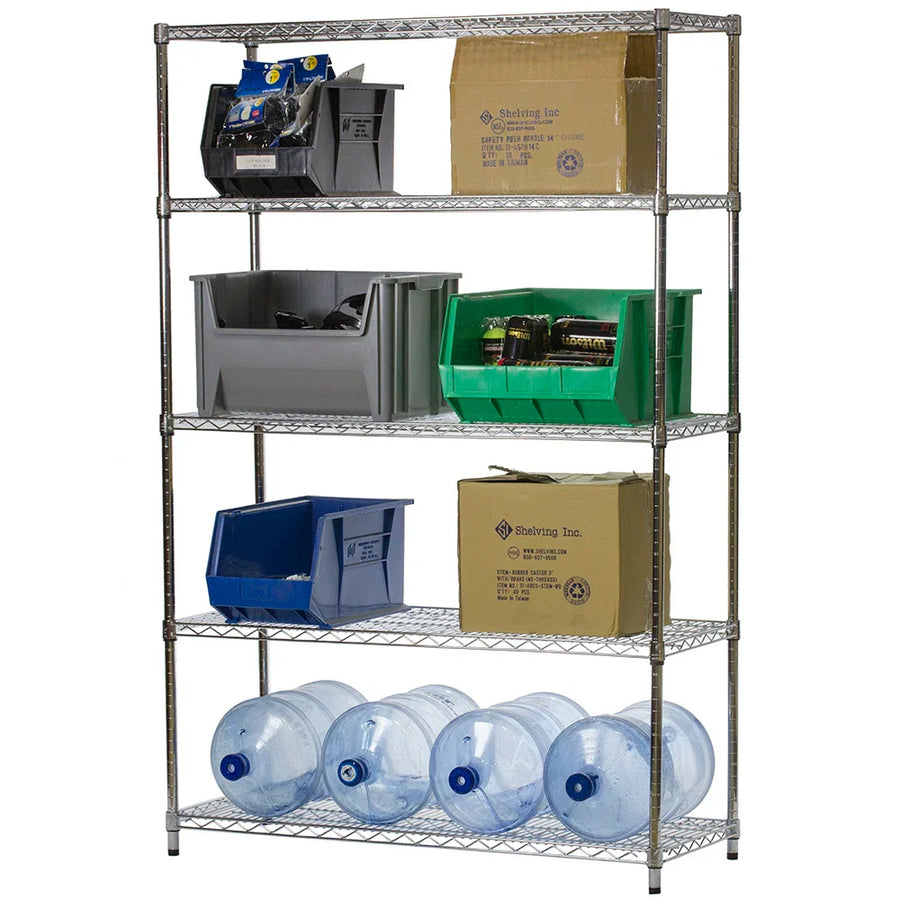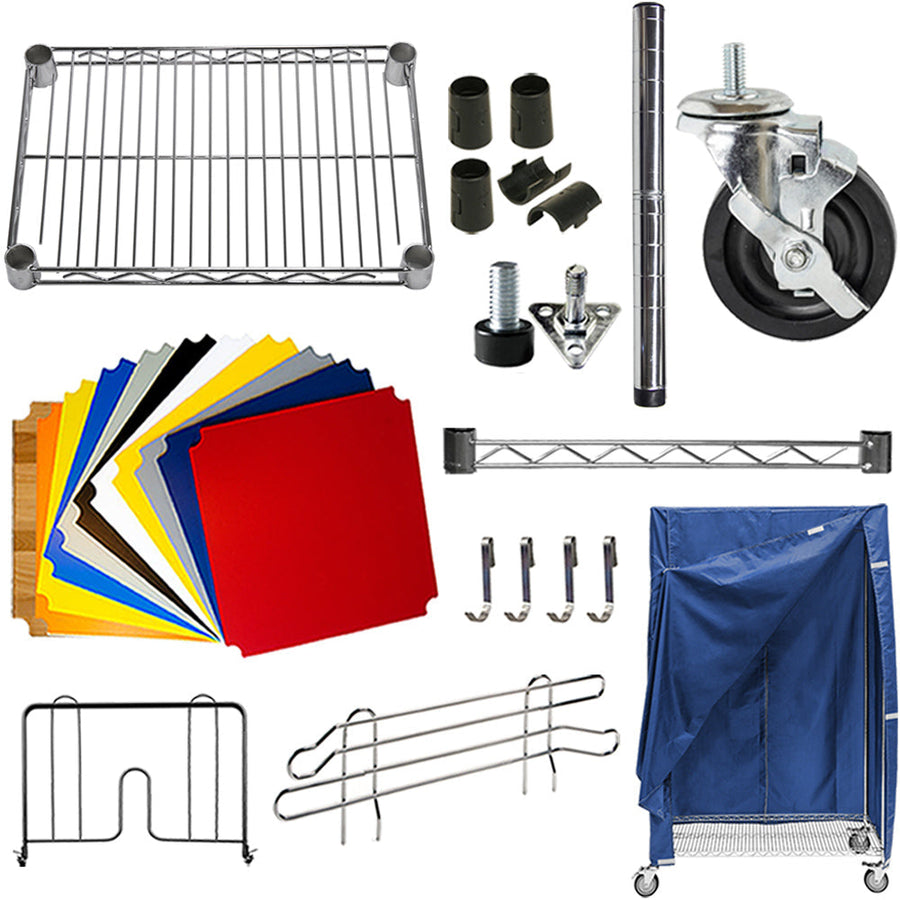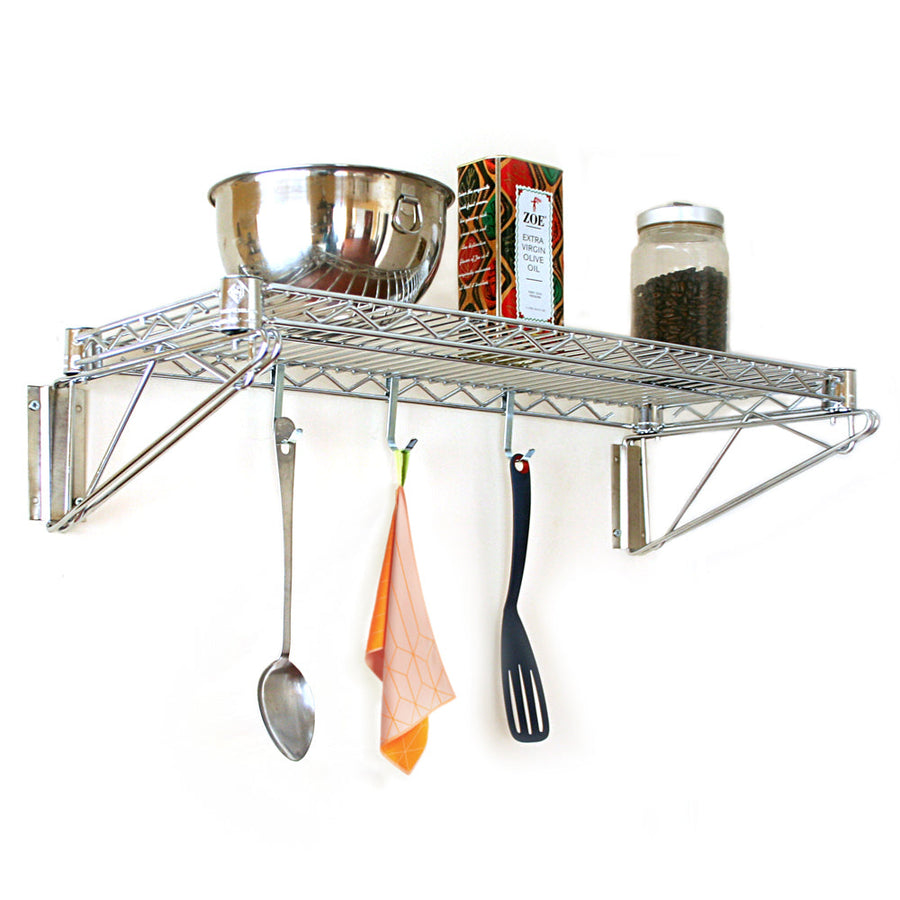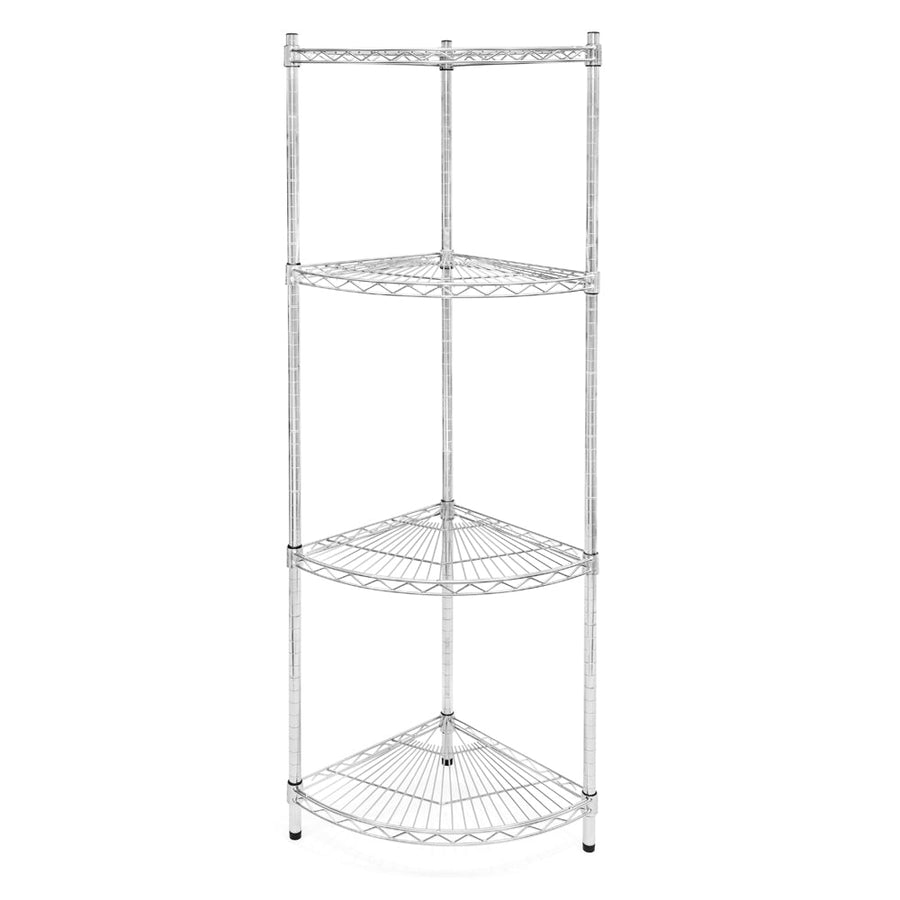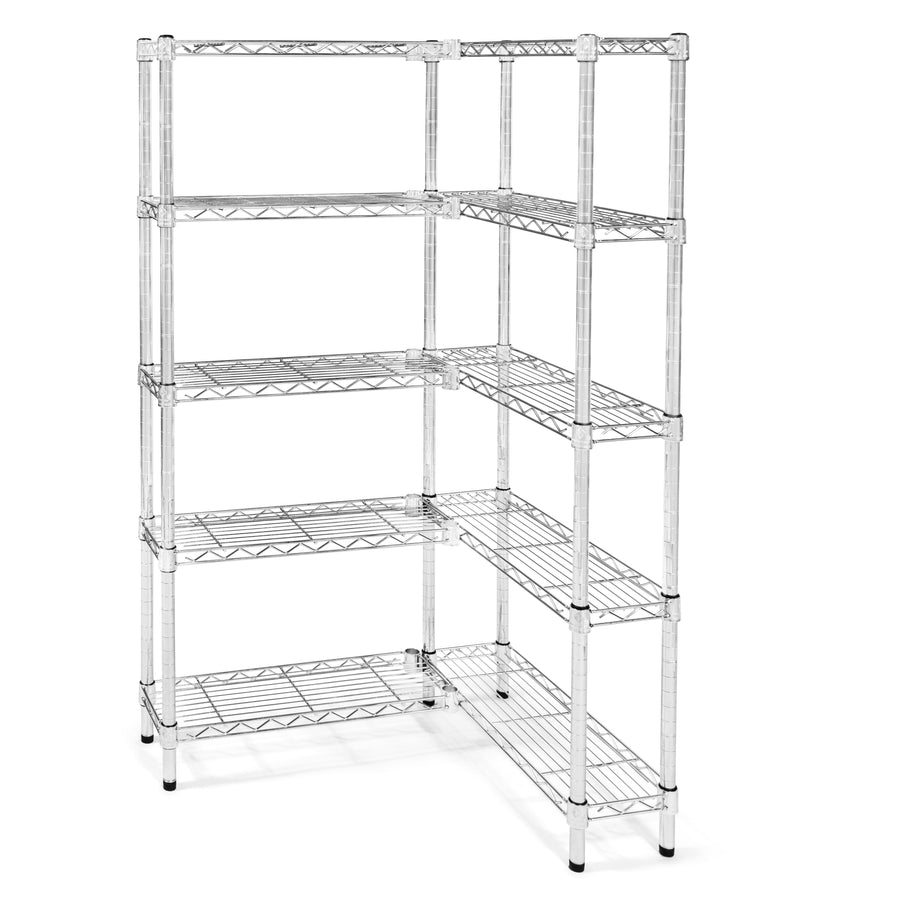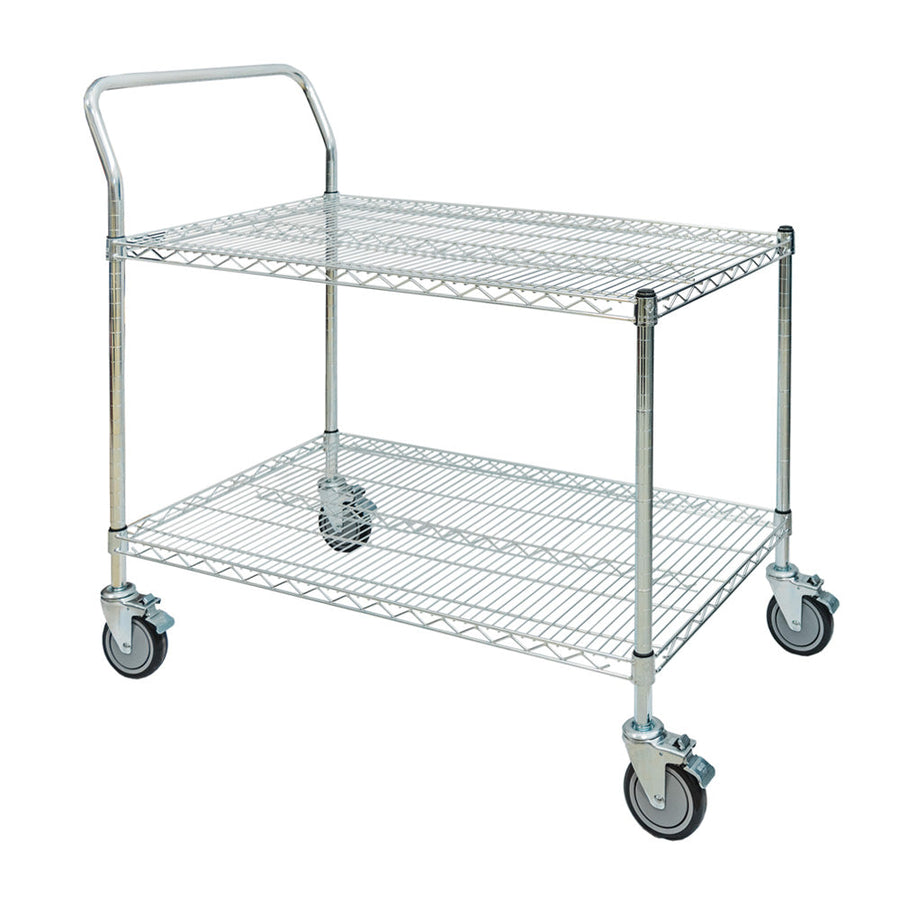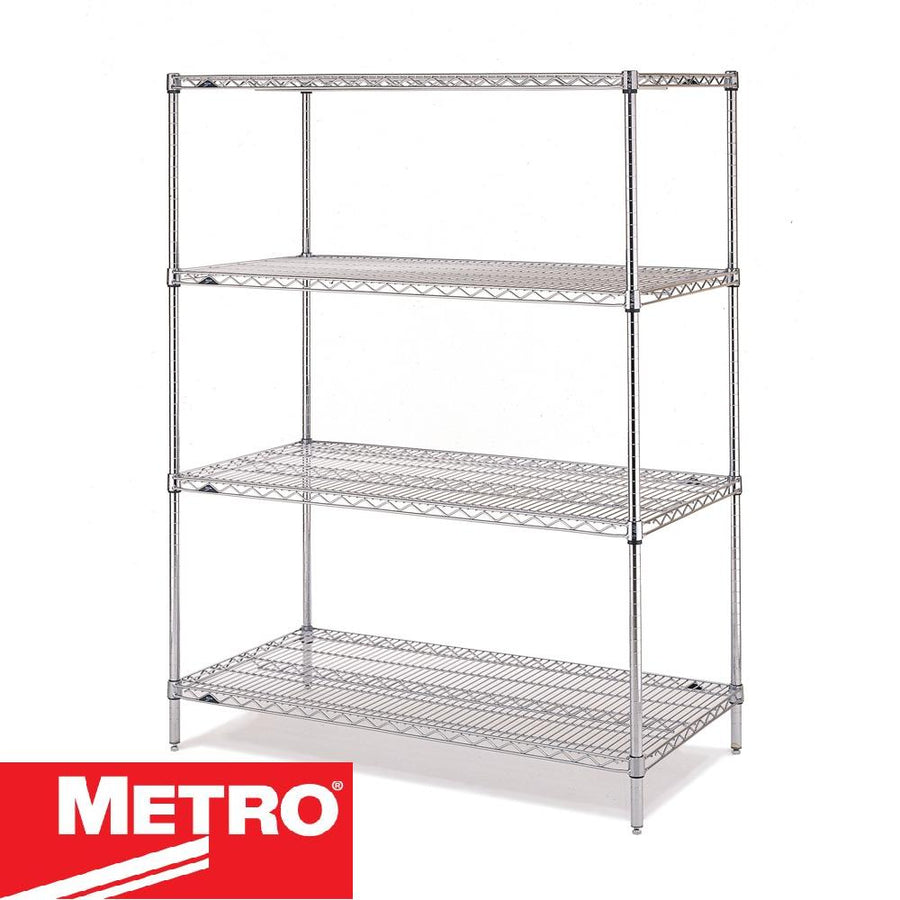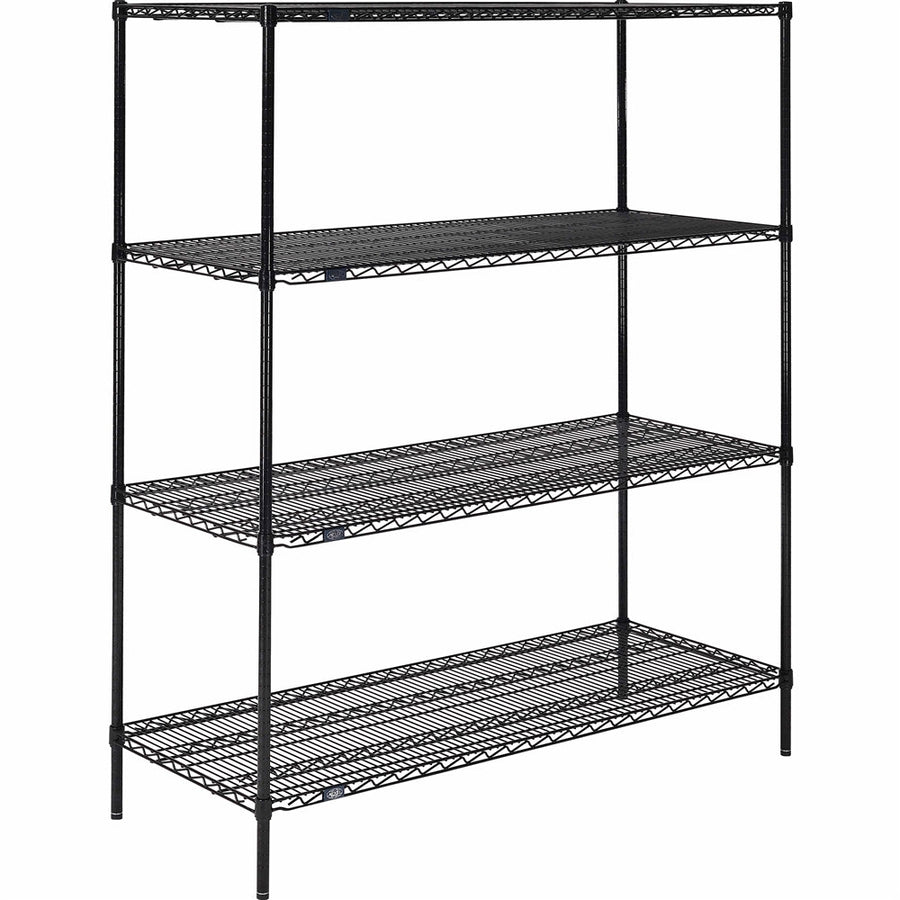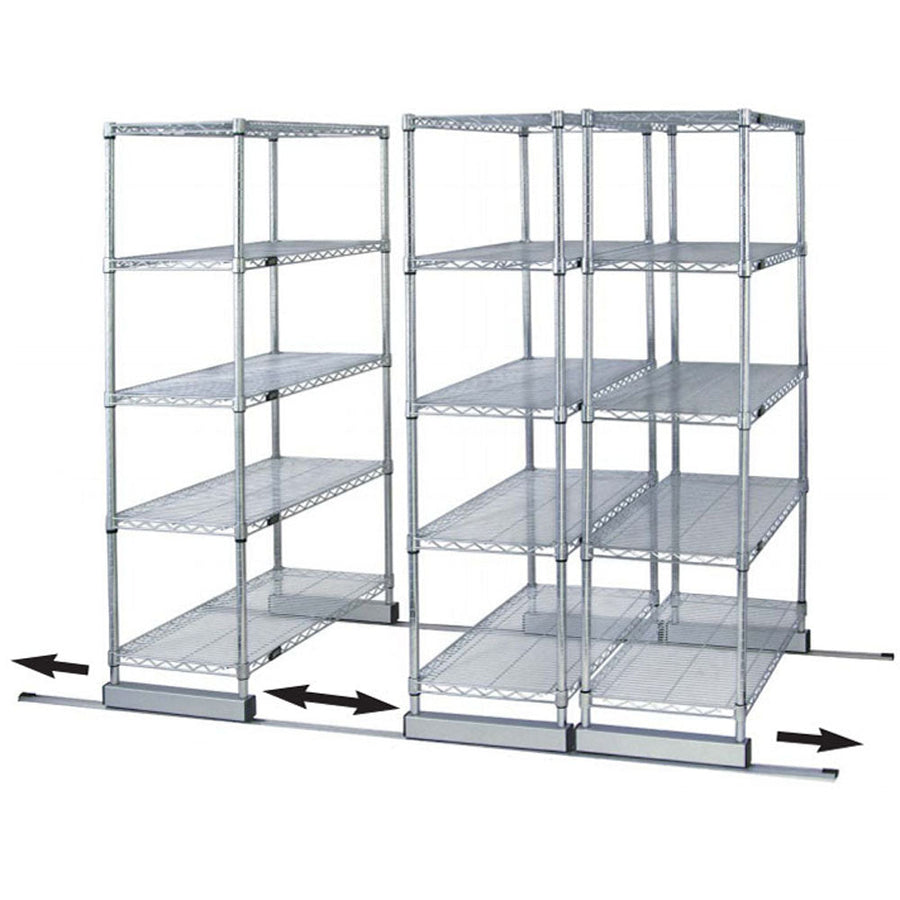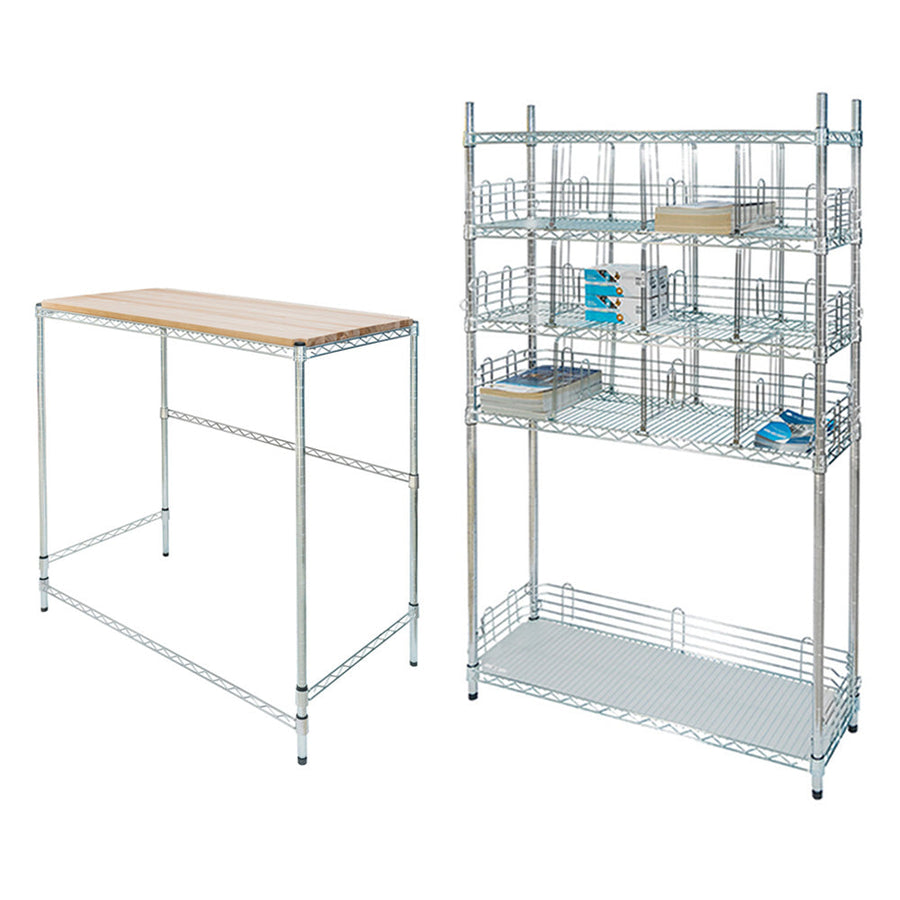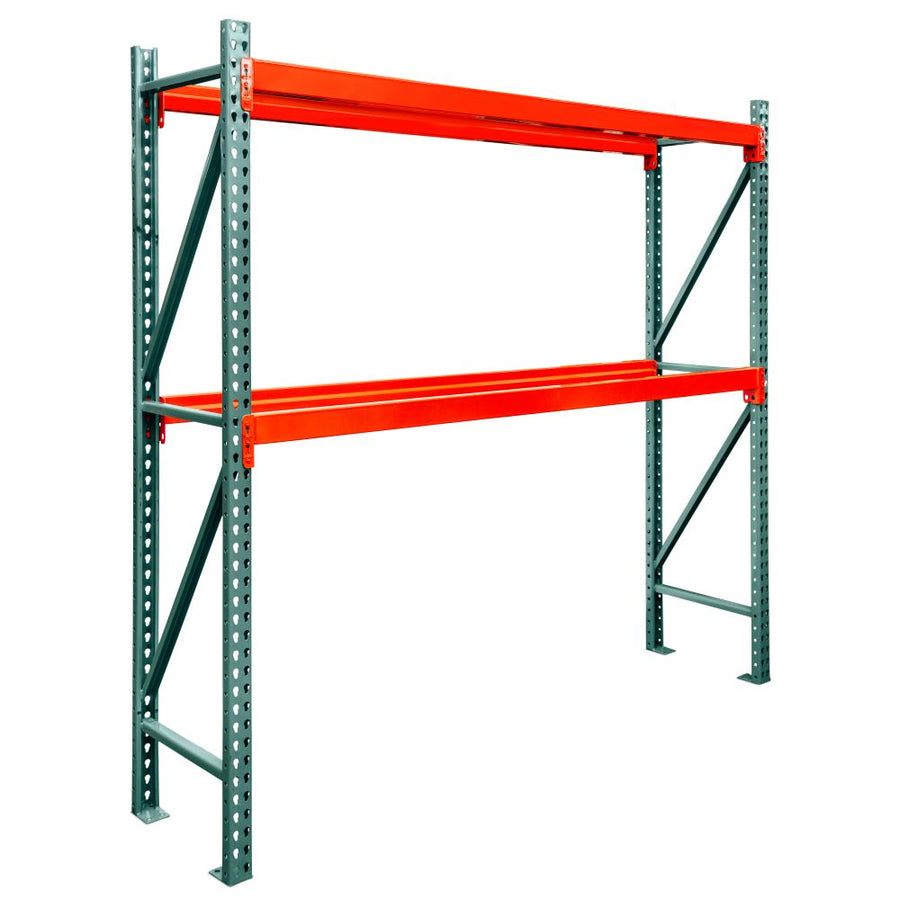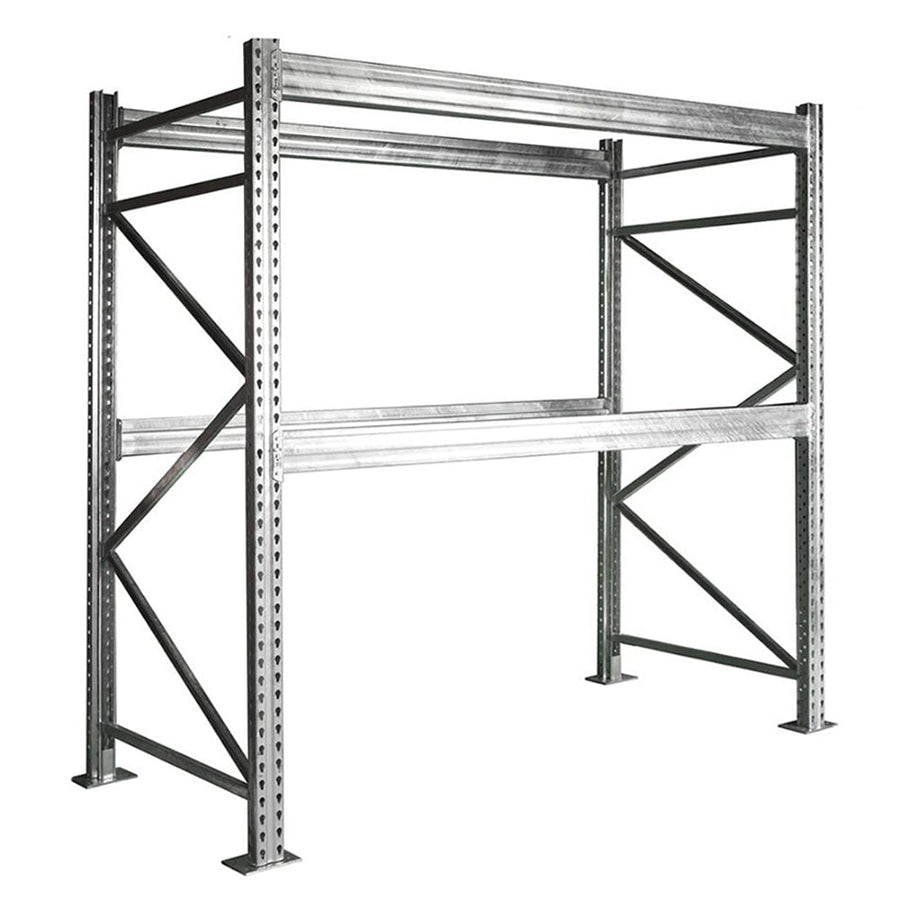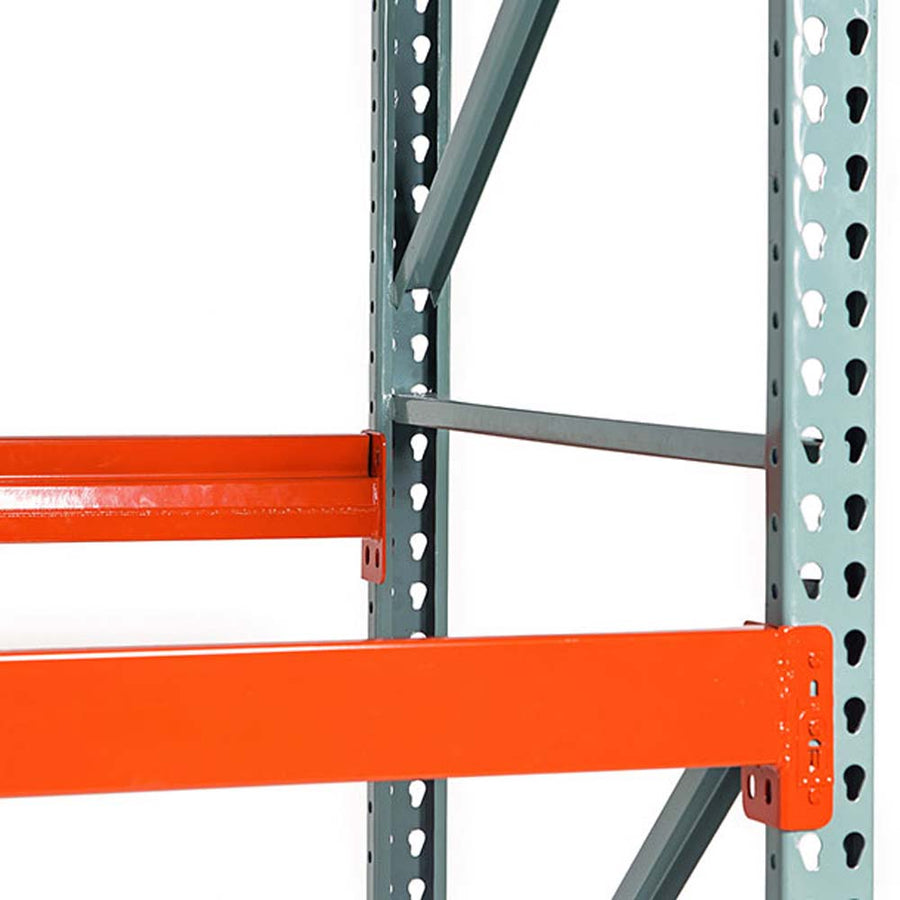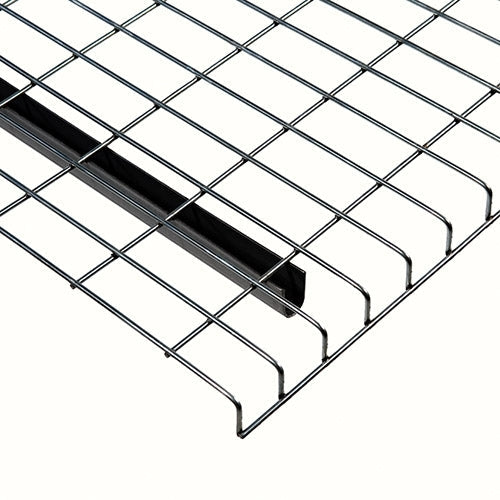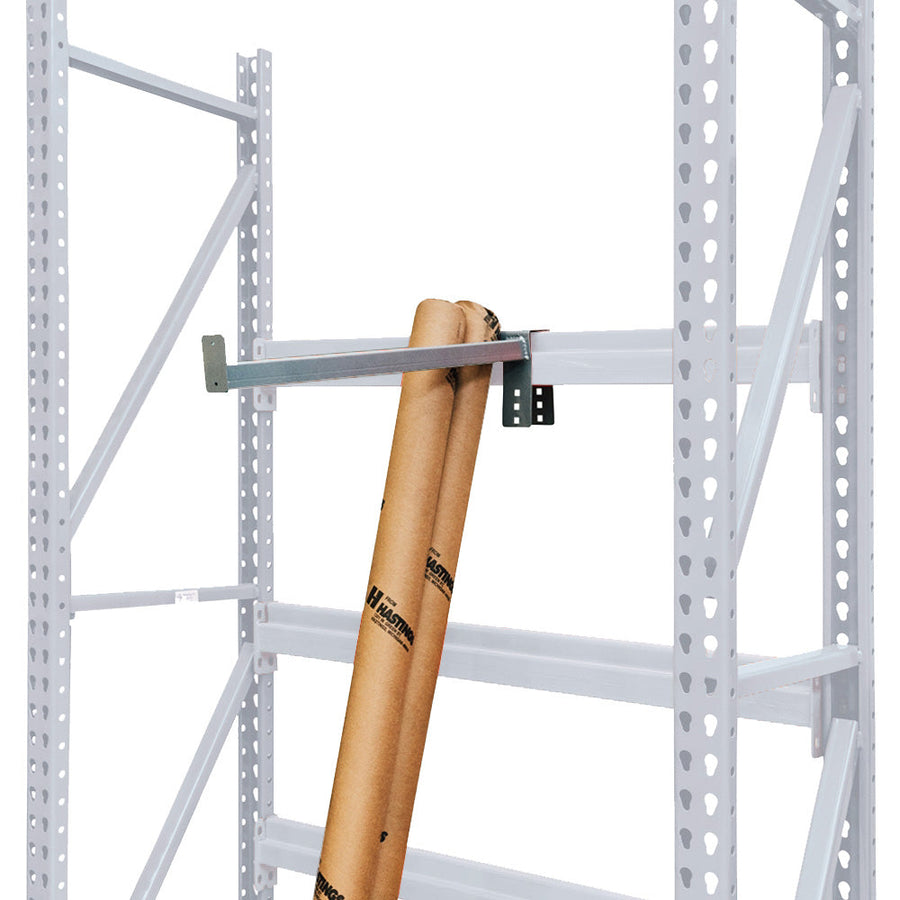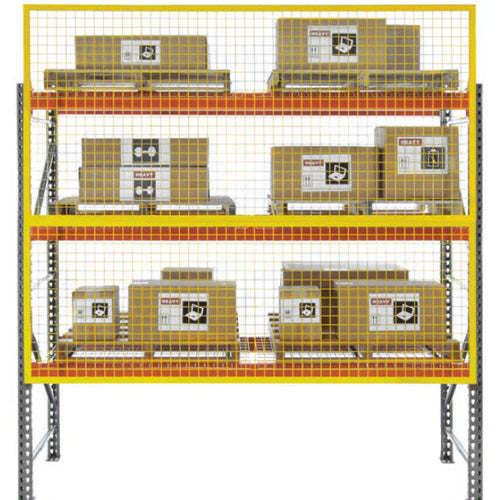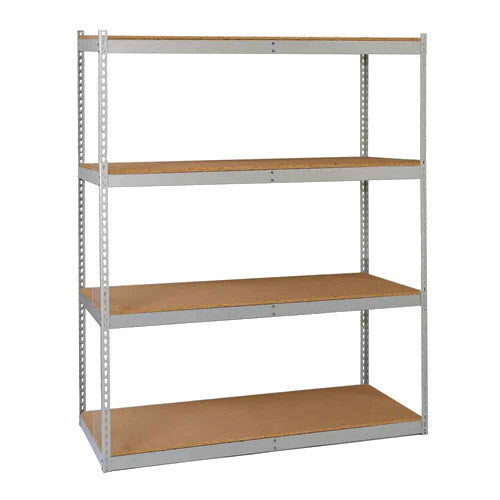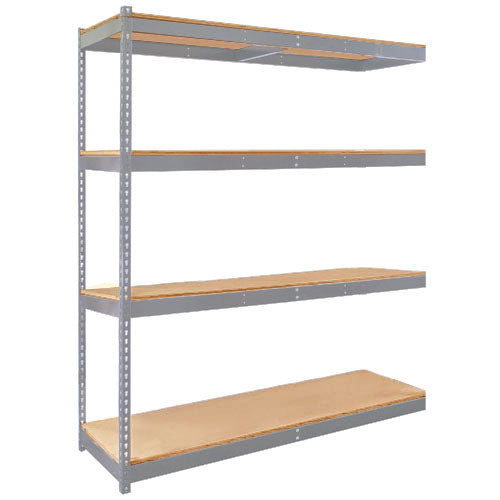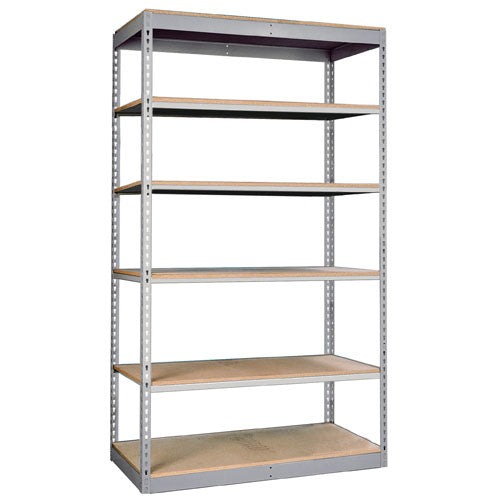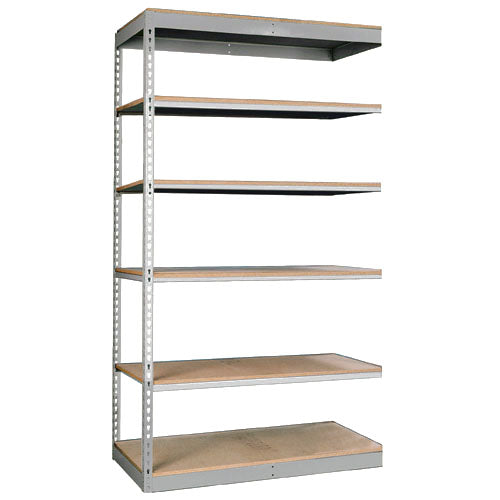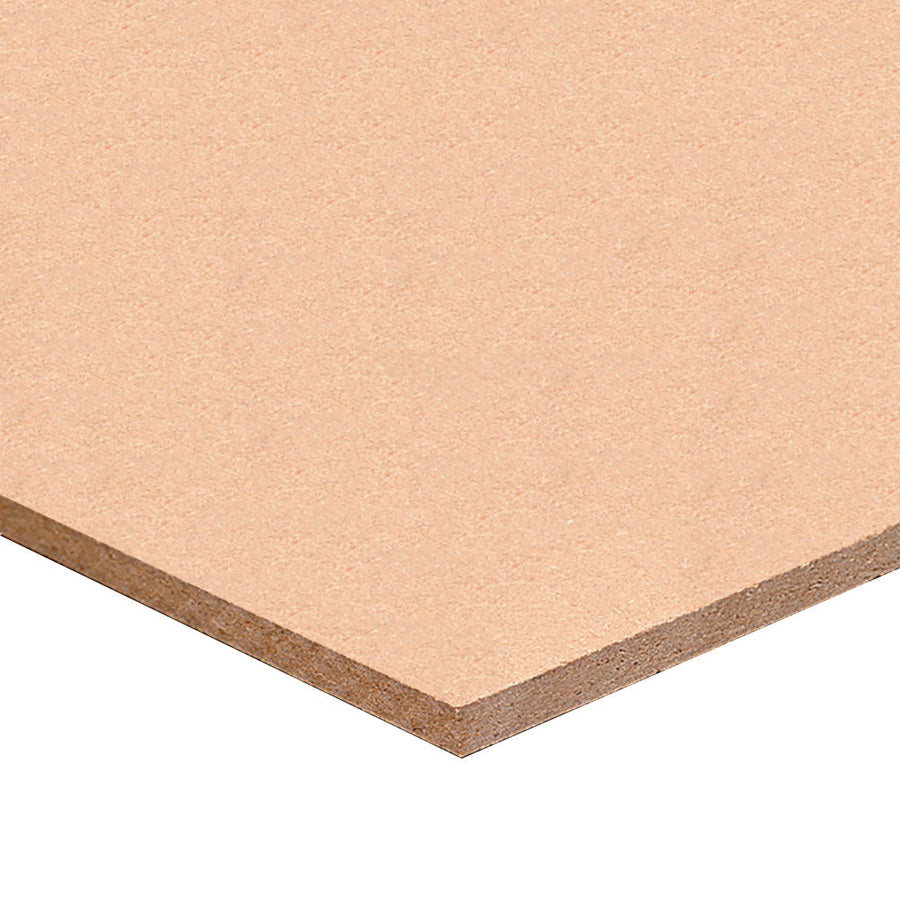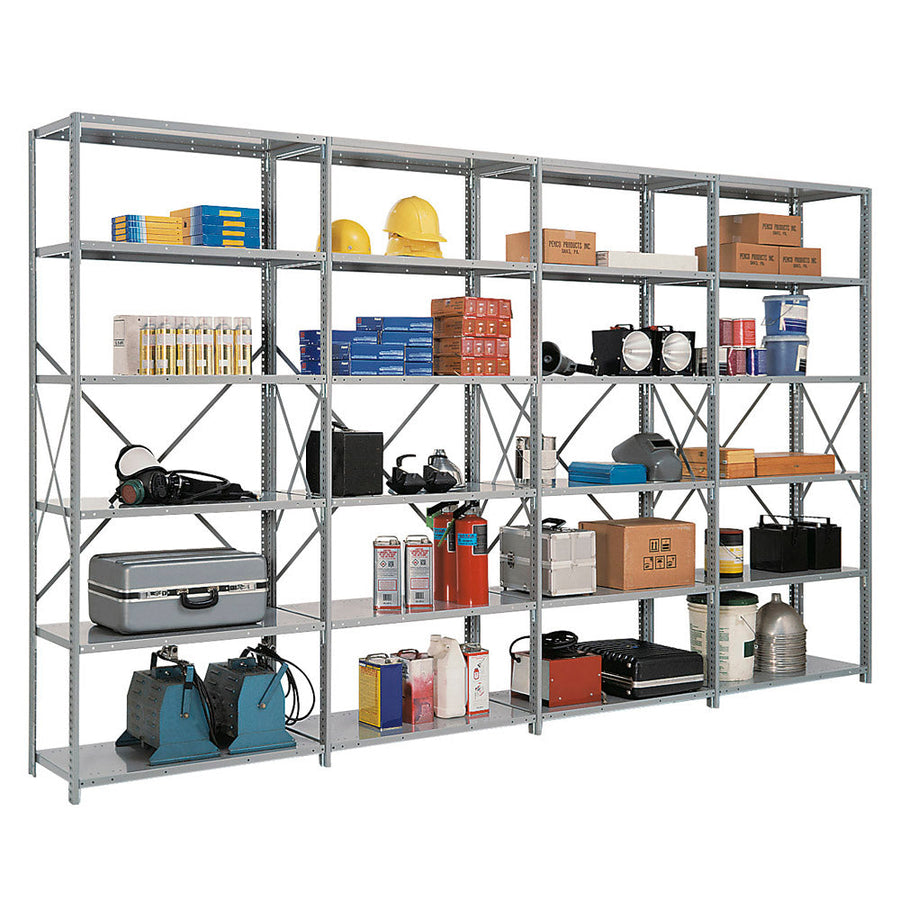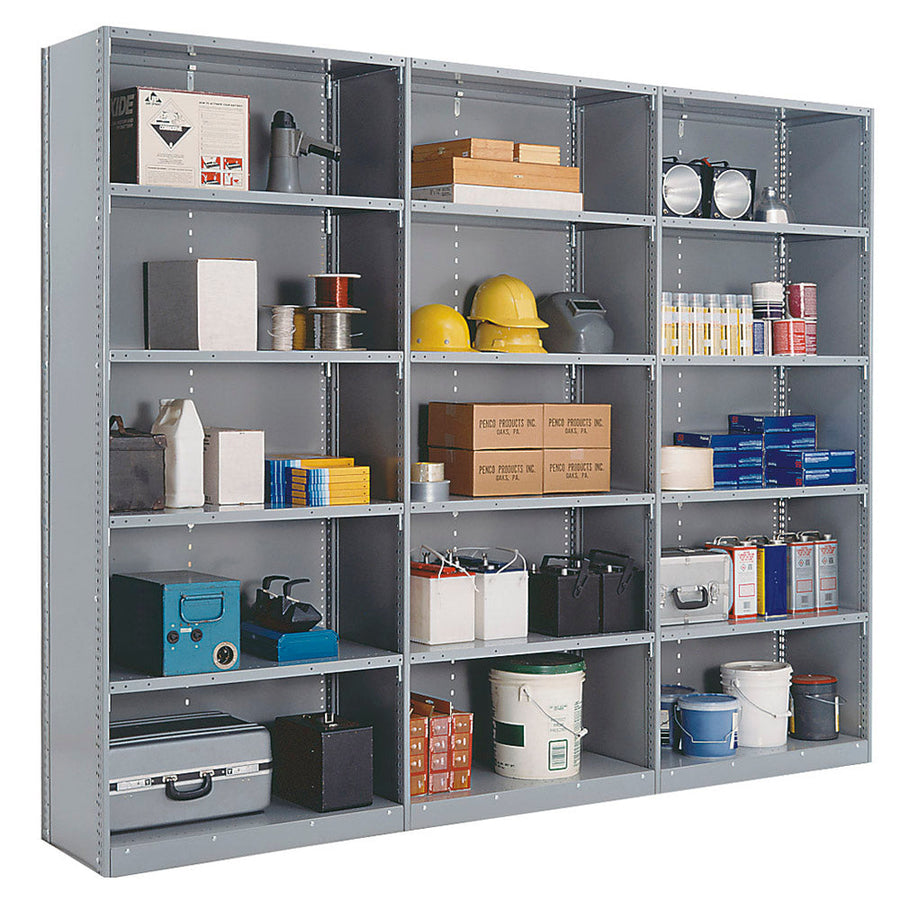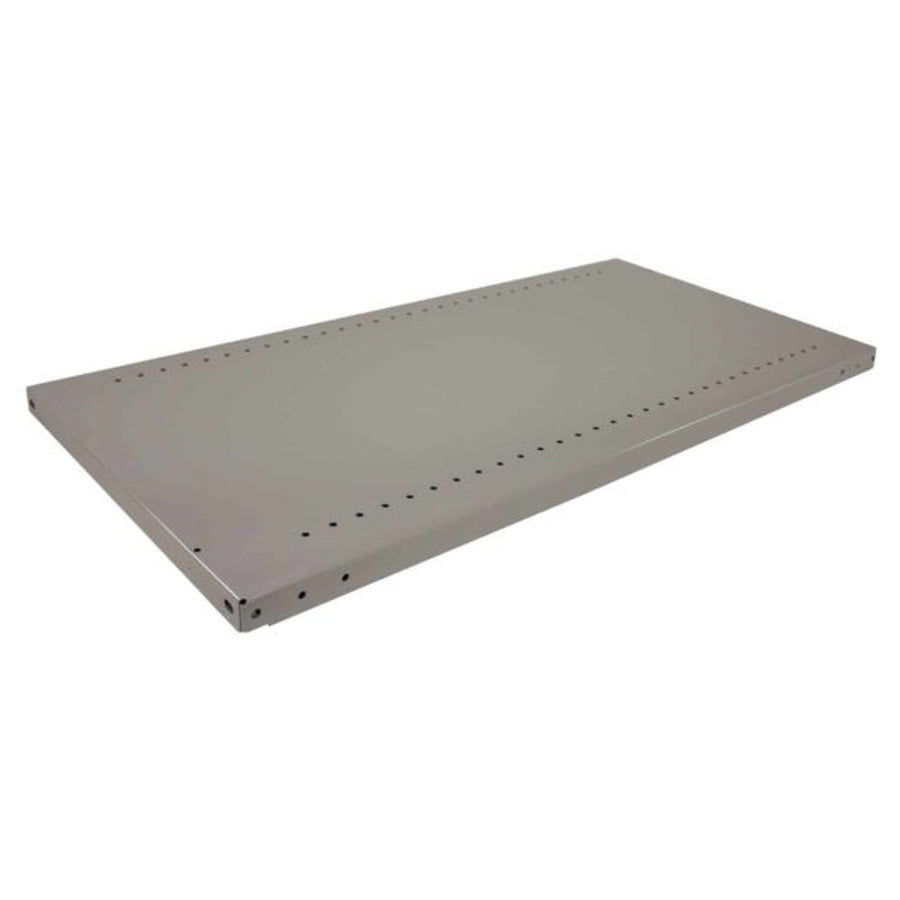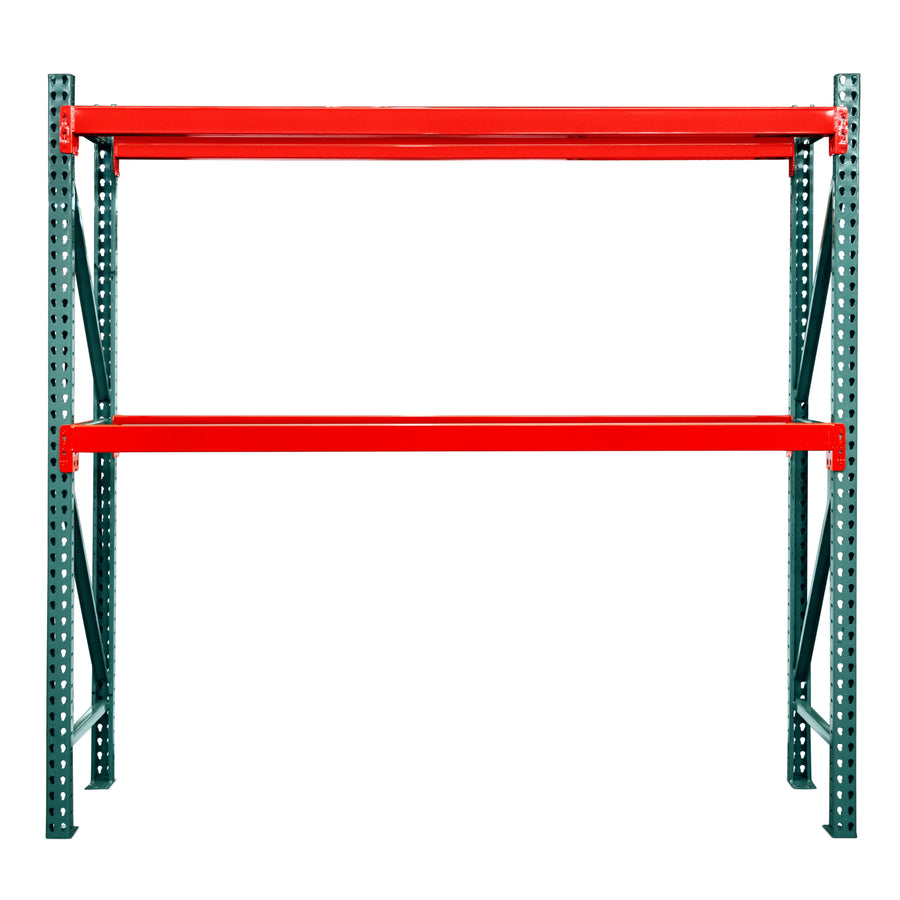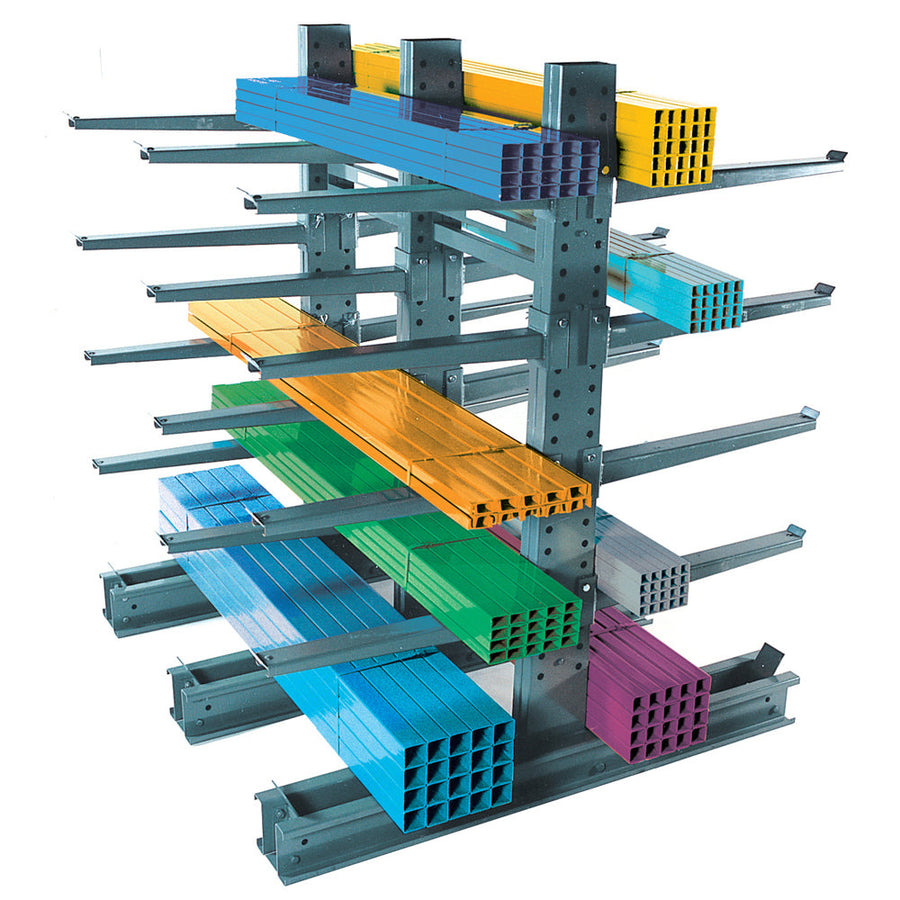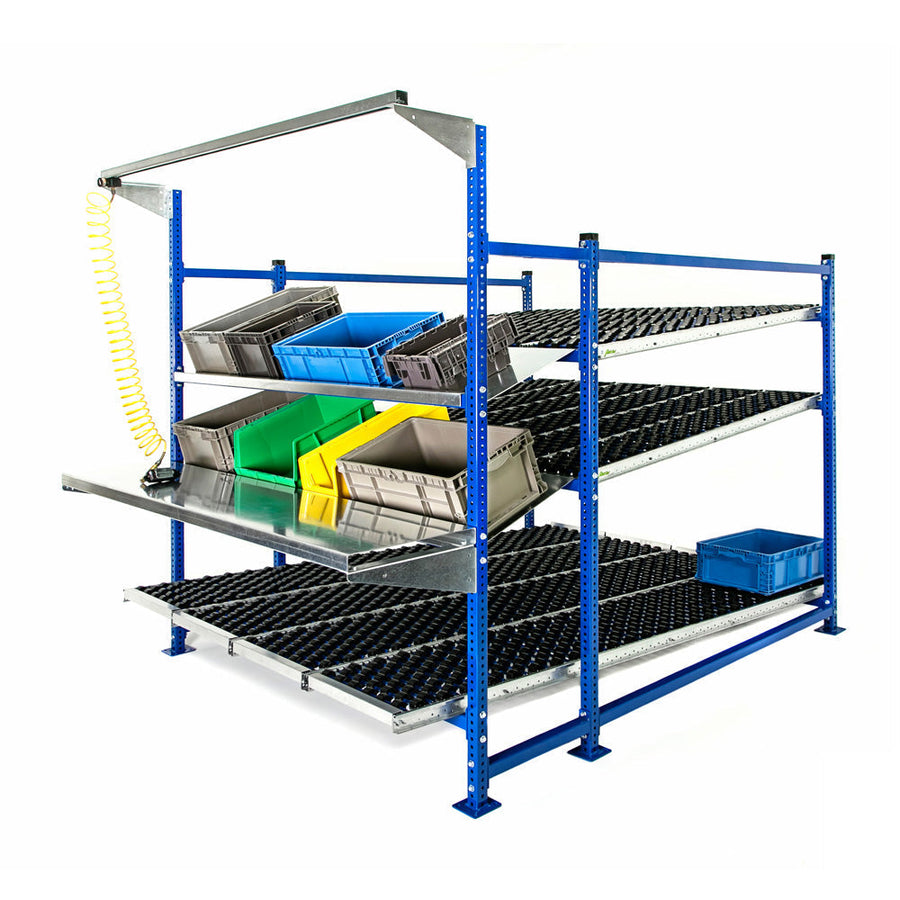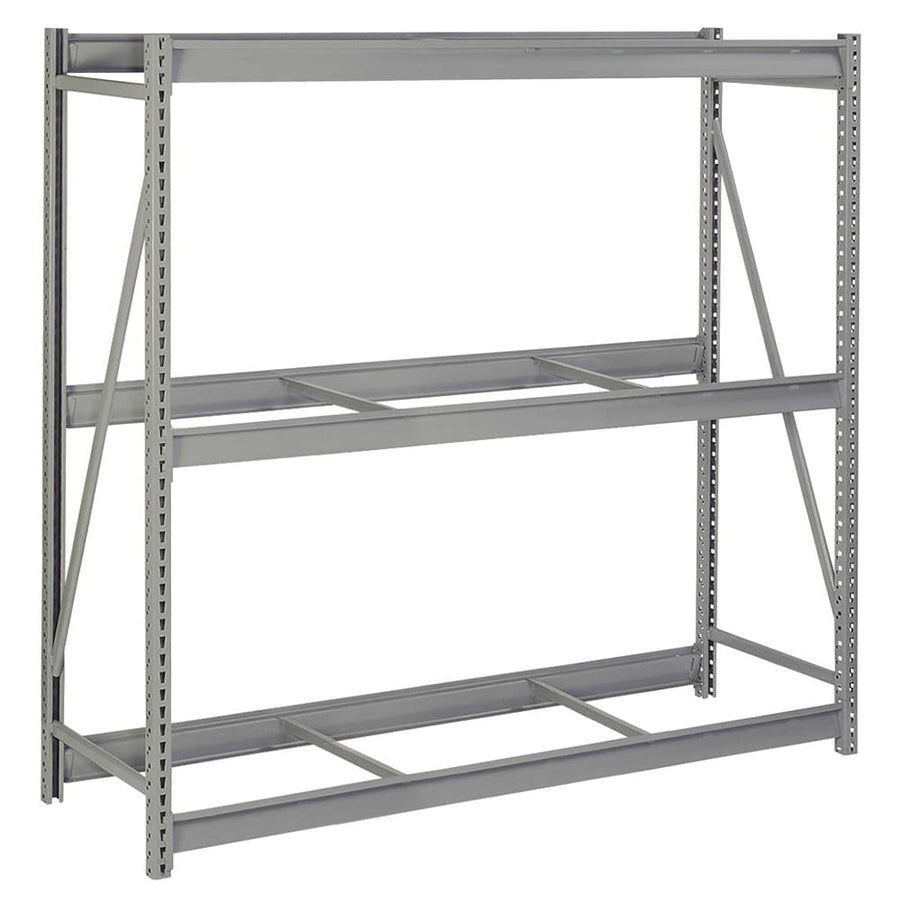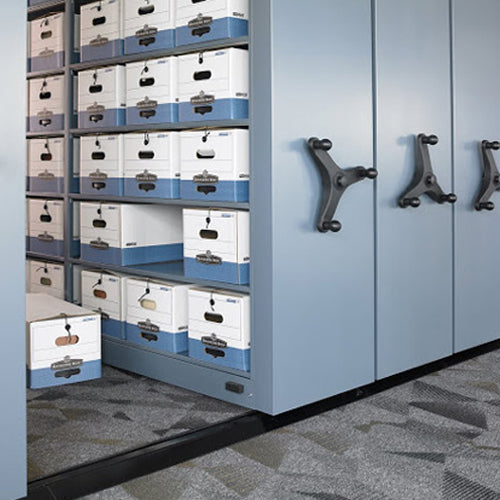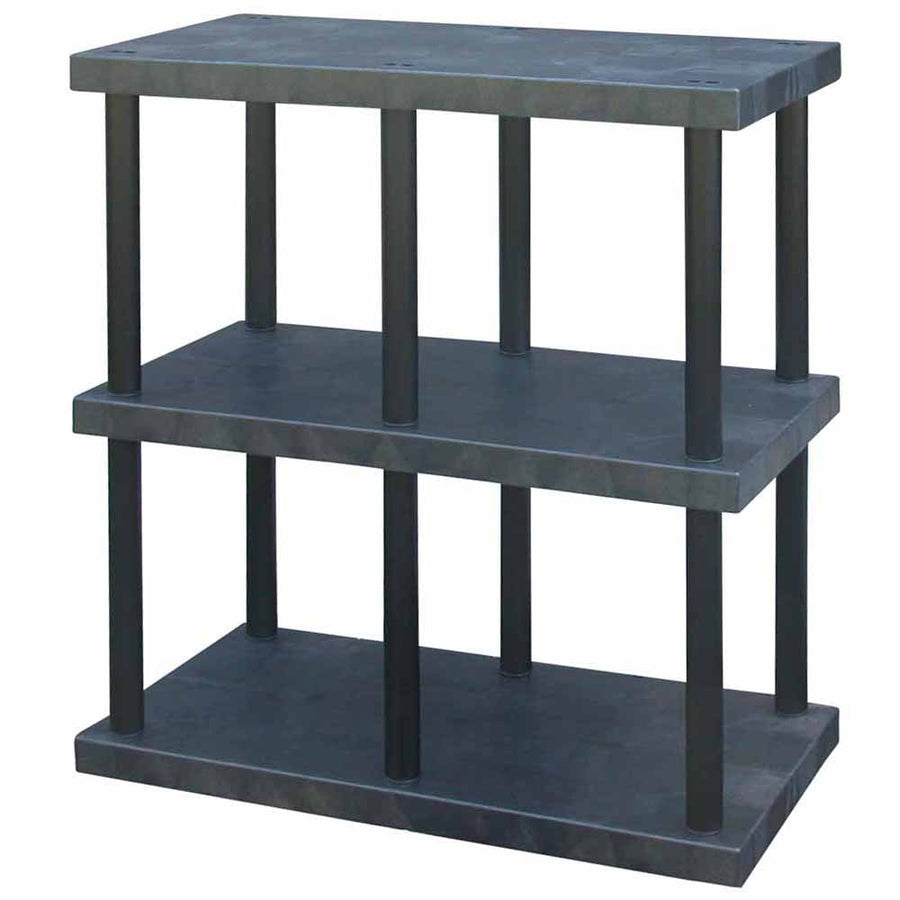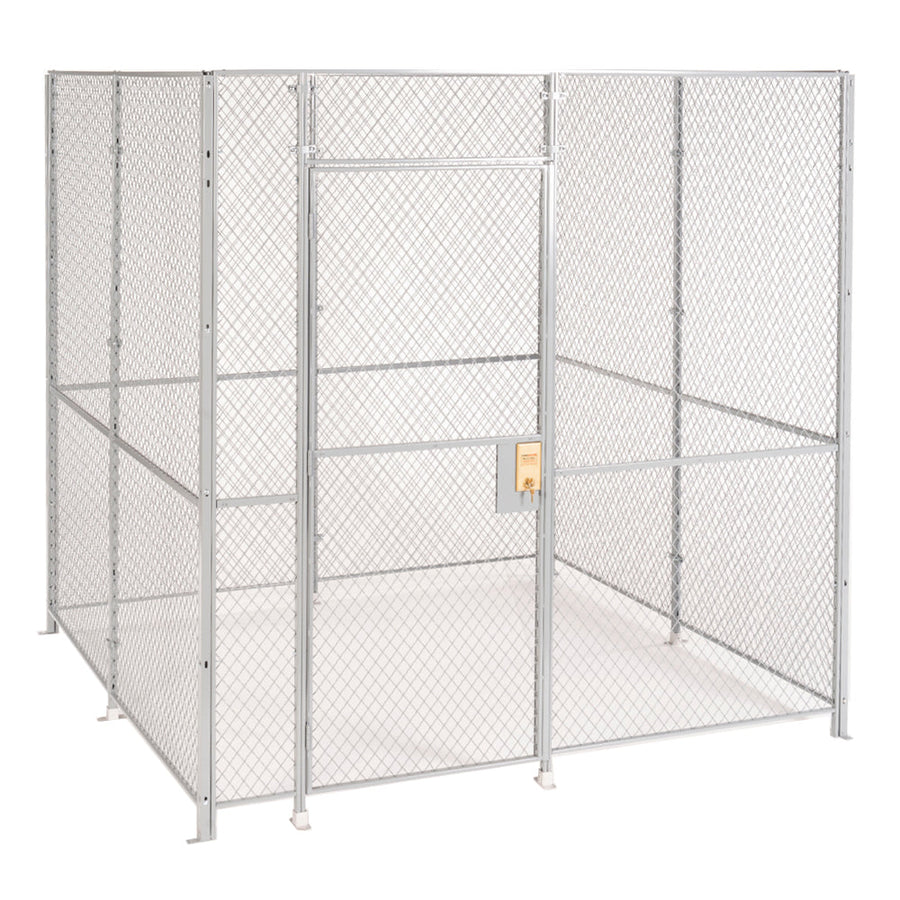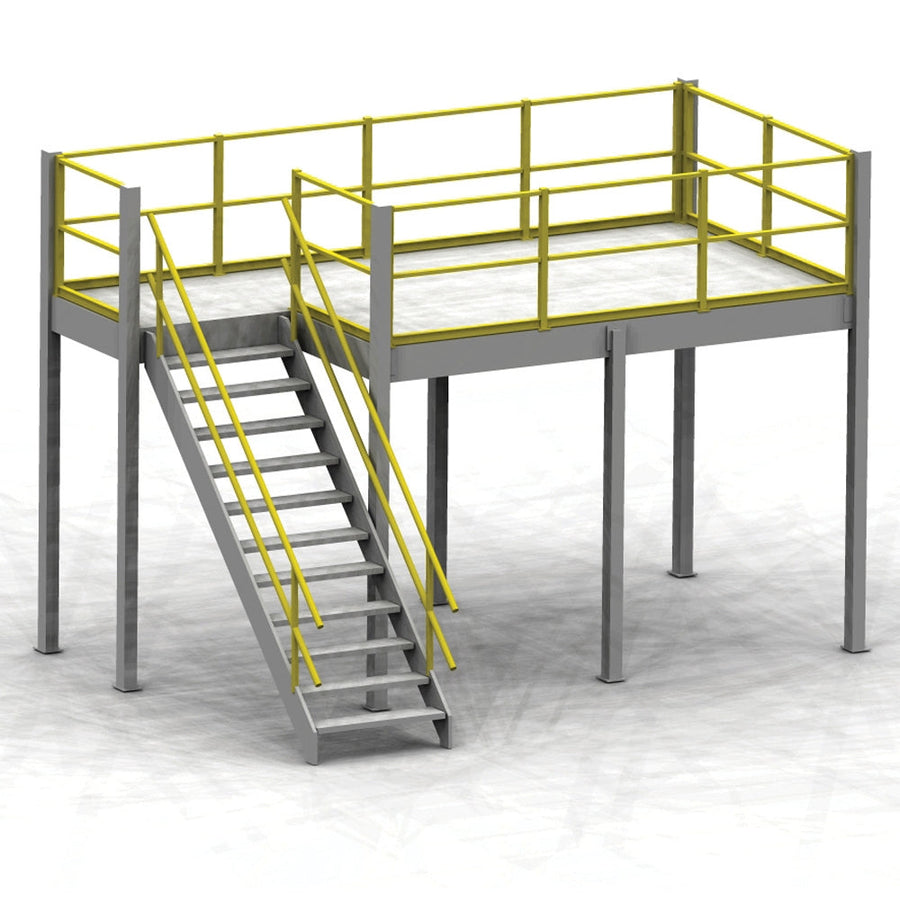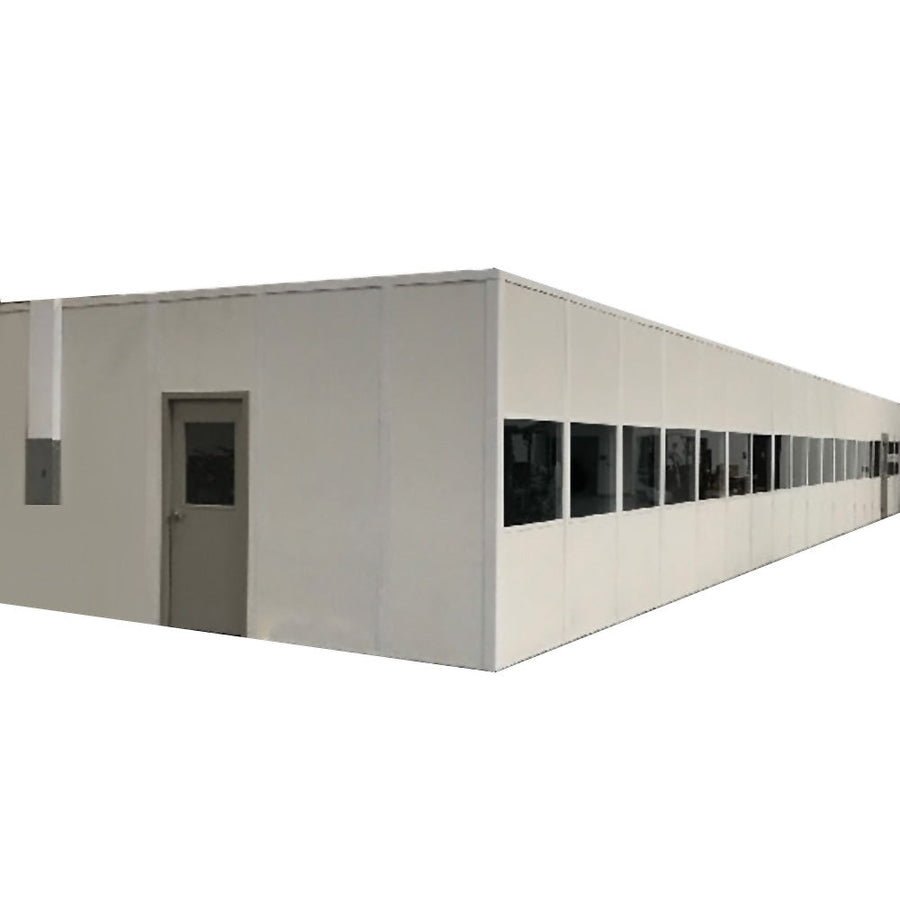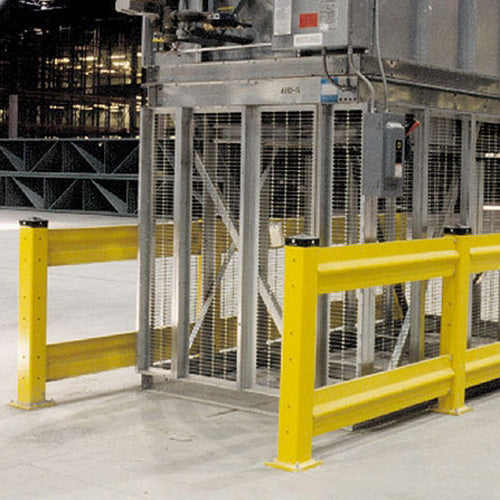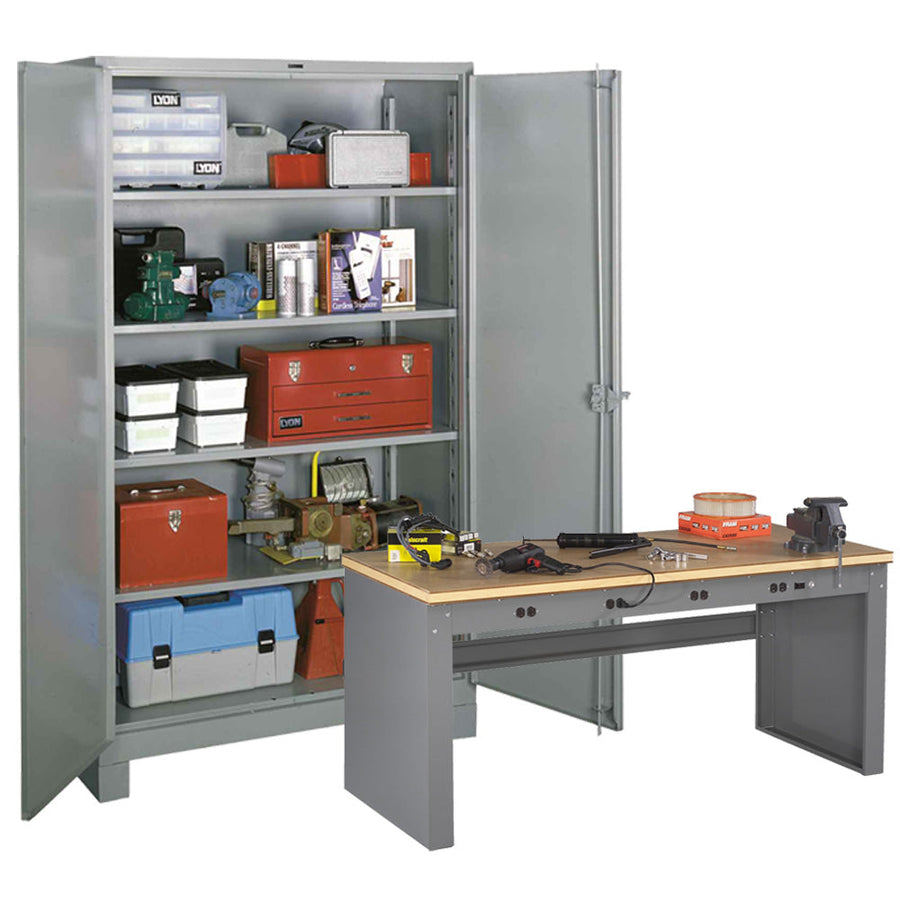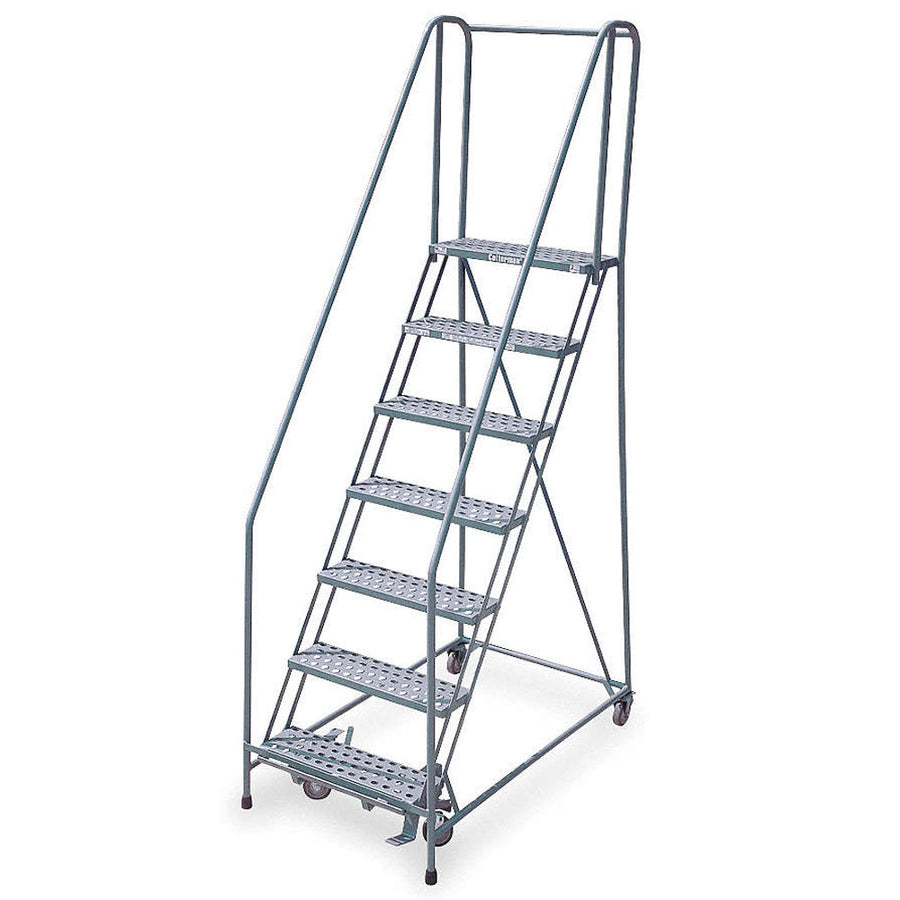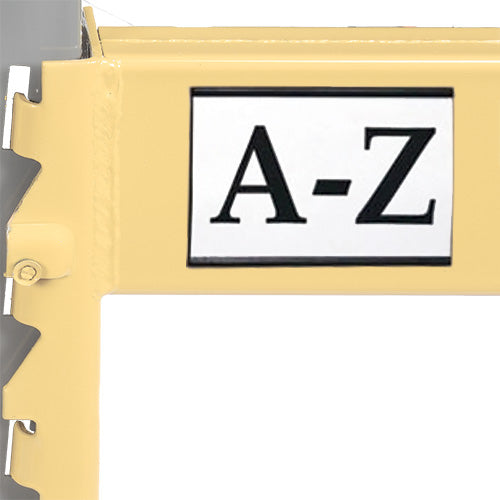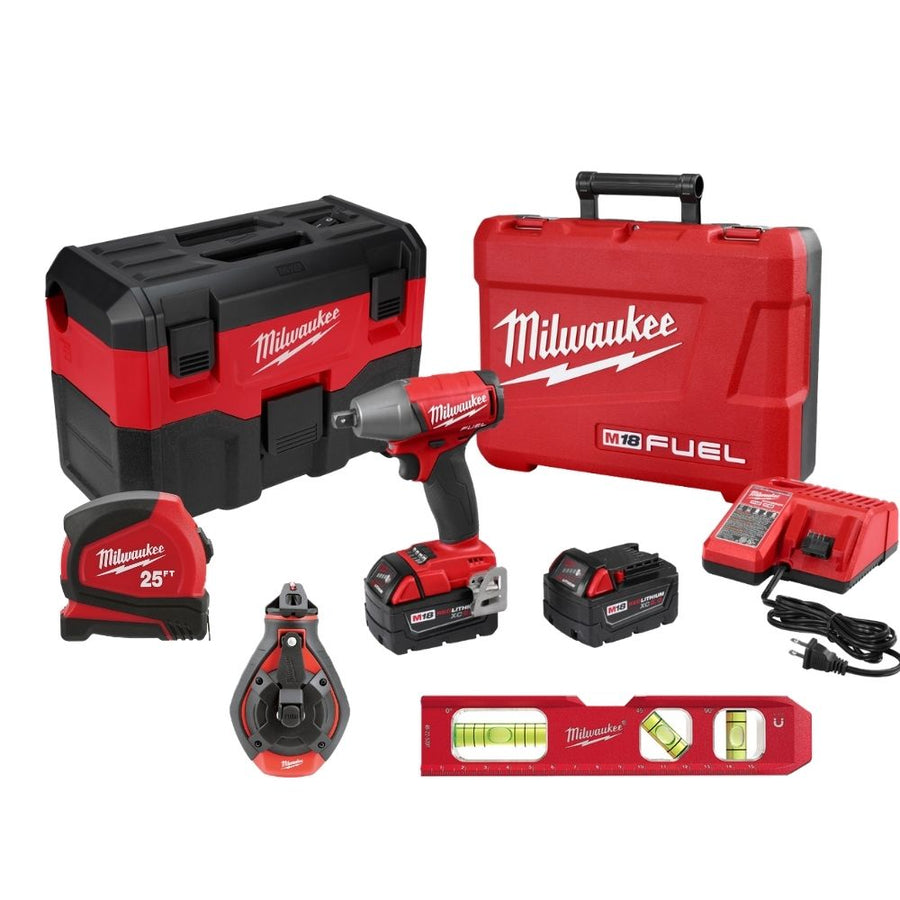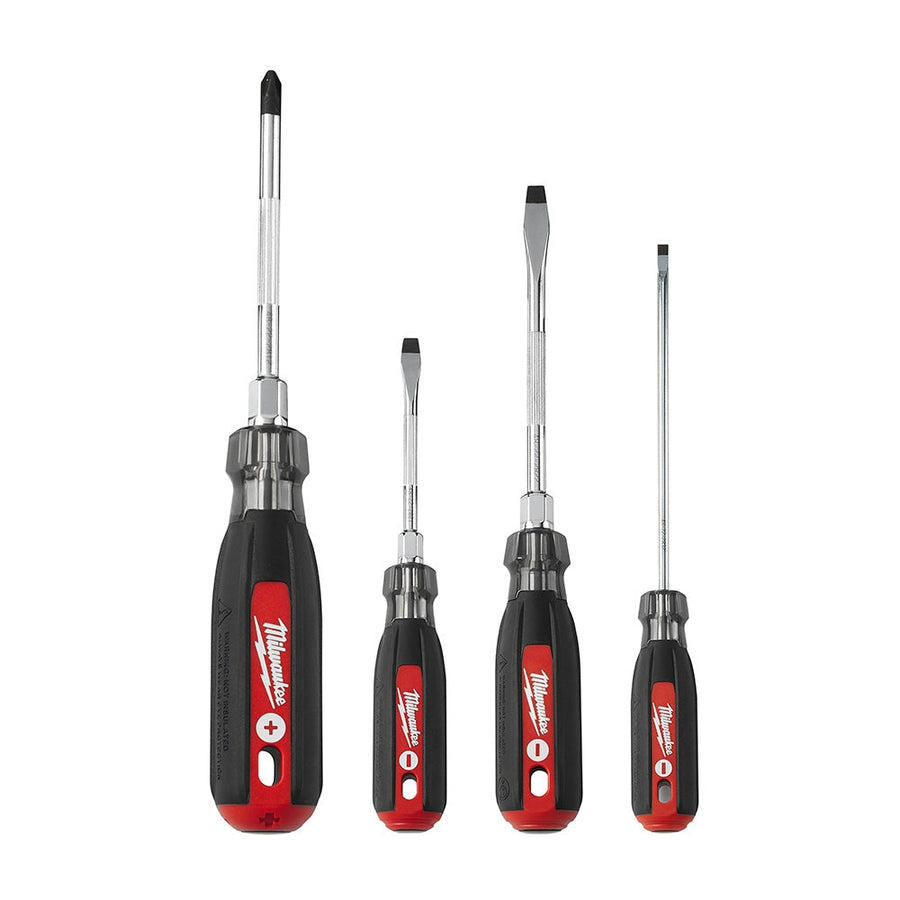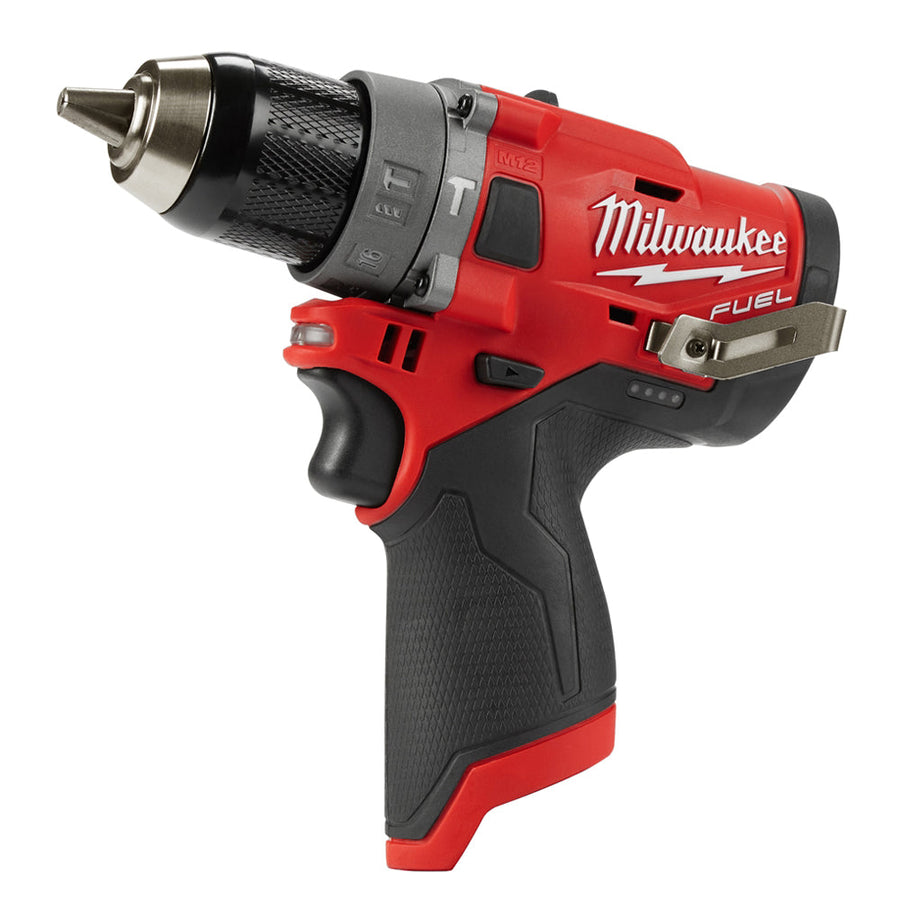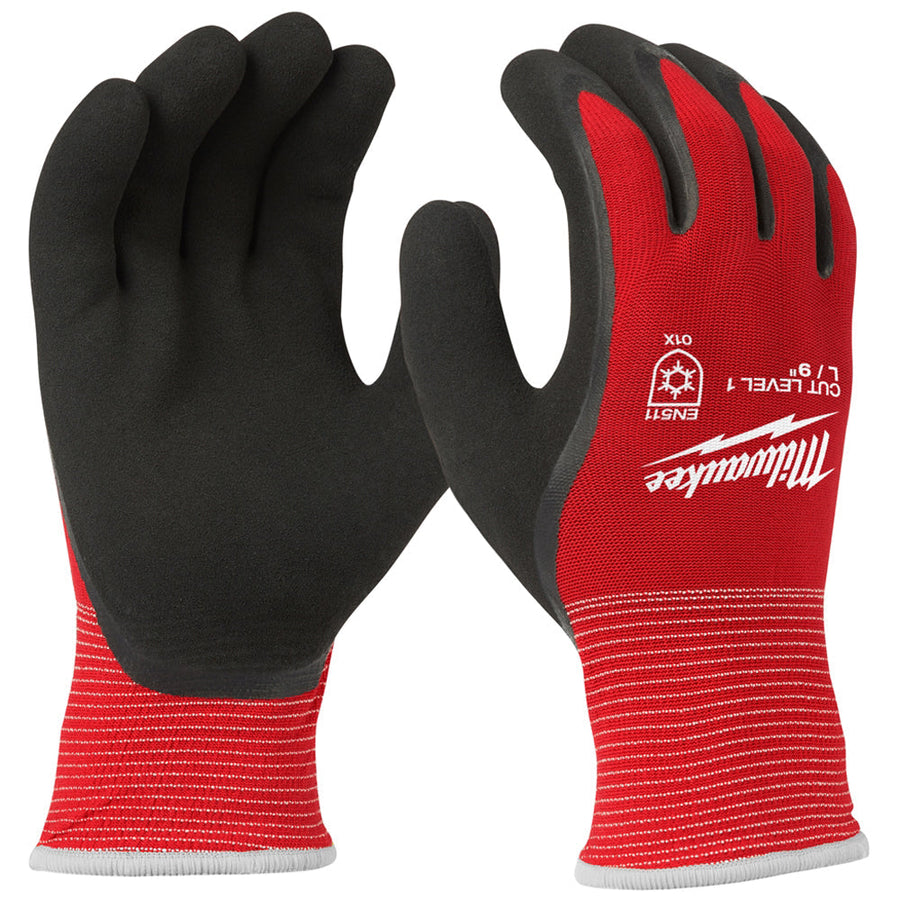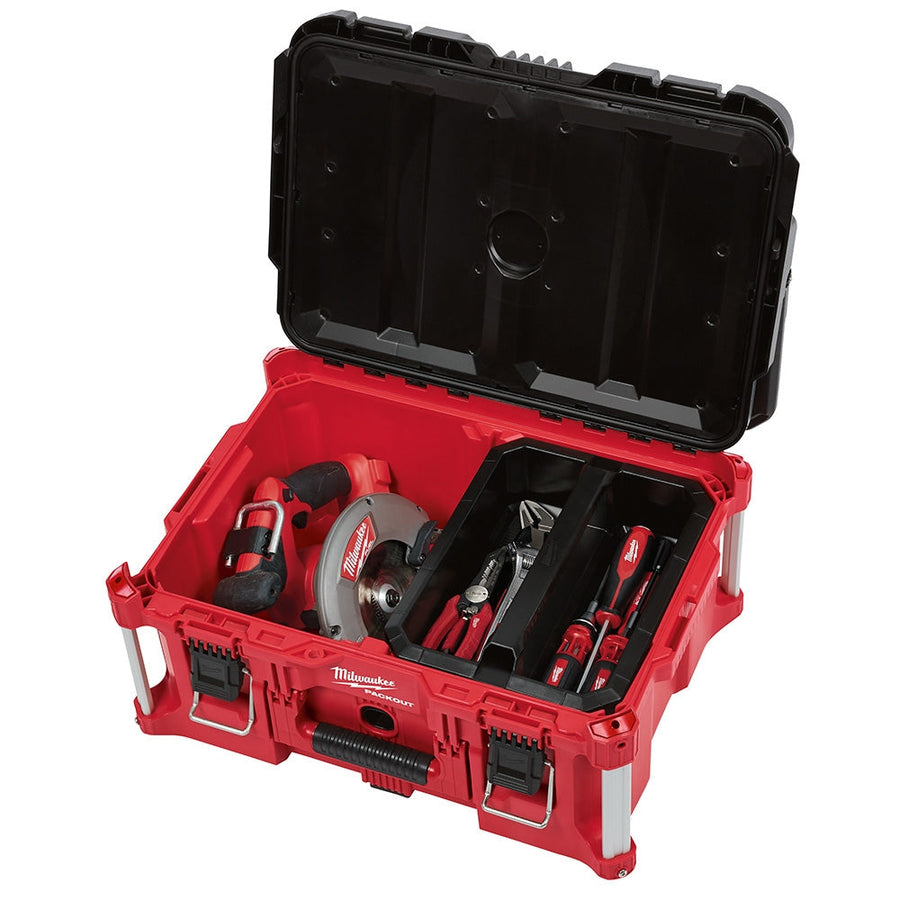Grocery and food warehouses have been busier than ever these days, and with good reason.
Even after the panic-buying of earlier this year had subsided, groceries and other essentials are still in high demand as various logistics and availability issues crop up as side-effects of the overall pandemic.
As a result, any warehouse that deals in groceries or perishable items has had to make itself more available and more versatile than ever before. Every inch of storage space is now in higher demand than ever, and food warehouses are being asked to store a wider variety of products than ever before.
Among these is the demand for frozen foods. Due to their convenience, availability, and ease of transport, frozen food purchases have shot up dramatically during the pandemic, which means a lot of warehouses have needed to store frozen food in greater quantities.
Frozen food, as anyone who works in food storage or food retail can attest, is also something of a pain to store.
Walk-In Cooler & Frozen Food Storage Tips
The right storage solution can make all the difference when it comes to storing frozen food in your warehouse. Ideally, your warehouse will have an entire walk-in freezer that can be used for storing frozen and perishable items, or anything more temperature sensitive.Having a walk-in freezer is only half the battle, though - it still needs to be organized, arranged, and equipped in such a way that your team can easily find the goods they need to fulfill their orders.
- Maintain proper spacing: Particularly right now, with social distancing requirements for workers of all types, spacing of your shelves is crucial for walk-in coolers. By leaving room between each shelf, you can promote air flow and help keep the products colder - and fresher - for longer.
- Use the right shelf types: While it may be tempting to just drag whatever extra shelves you have in there to make sure you have space for all the frozen pizza dough you’re about to start shipping, using the correct shelves can keep your products safer and prevent damage to your shelving installations. Make sure to only use specially designed walk in freezer shelving or rust proof wire shelving to inhibit the spread of bacteria and stop them from rusting.
- Communicate with your vendors: Few things can throw a grocery or food warehouse into disarray faster than an unexpected product type. By planning ahead with your vendors, particularly right now as products can run into unexpected demand spikes or sudden shortages, you can better understand the sort of products you’ll be asked to carry, and plan for how you can handle them best.
- Label everything: Nothing will hamper your frozen food storage plans faster than unclear directions or inconsistent product locations. Make sure to use shelf labels with product name, product location, and expiration date to encourage rotation and promote safe handling.
- Prepare for shortages: Especially right now as supply chains run into continual issues, many items are going to run out, or be available in lesser quantities. Be flexible enough with your storage that you can react to these shortages as they arise, and make sure you let your workers and your clients know what items are out of stock so they can be better prepared for it.


